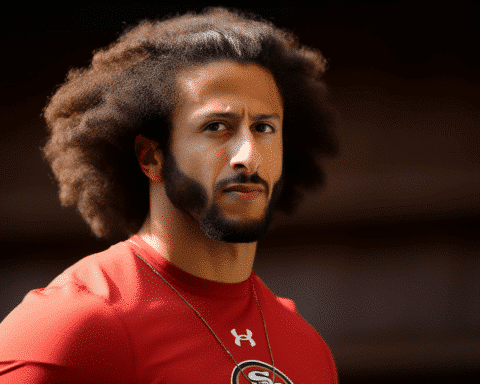In the high-impact sport of ice hockey, neck protection has long been a topic of contention. However, recent tragic events are prompting players and associations to reconsider their stance on safety gear. The death of American hockey player Adam Johnson, resulting from a skate blade injury, has acted as a catalyst for this shift in attitude, especially among NHL professionals.
The Wake-Up Call
The hockey world was shaken when Adam Johnson suffered a fatal neck injury during a game, a stark reminder of the sport’s dangers. This incident has led to increased advocacy for the use of neck guards. In the aftermath, several players, including Washington Capitals winger TJ Oshie, have adopted neck guards as a standard part of their gear. Oshie’s choice came in the wake of introspection about his own safety and the future wellbeing of his family, highlighting the often-overlooked vulnerability of players.
Institutional Response
Johnson’s death has spurred a response from various hockey organizations. The English Ice Hockey Association has taken a definitive stance, mandating neck guards for all players from the following year. Similarly, the Pittsburgh Penguins have imposed neck guard requirements for their minor league affiliates. These measures reflect a growing recognition of the necessity for neck protection in the sport.
A Shift in Gear
The demand for neck guards has surged, as evidenced by the immediate sell-out of Warroad’s inventory, an apparel company co-founded by Oshie. This company’s neck guards, made with Kevlar and steel, promise enhanced protection. Similarly, Bauer Hockey has reported a spike in demand, suggesting a widespread change in player mentality.
Safety vs. Tradition
Despite the clear benefits of neck guards, there’s a historical hesitance within the hockey community to adopt additional safety equipment. This reluctance is often rooted in the rarity of neck injuries and a culture that equates less gear with toughness. However, the sporadic but serious incidents of neck lacerations in the sport’s history underscore the need for change. The industry is now tasked with improving guard design to address concerns over comfort and effectiveness, potentially looking to the mandatory helmet rule implemented in the NHL as a successful precedent.
Charting a New Course for Ice Hockey Safety
The ice hockey community is at a crossroads, facing the choice between upholding tradition and enhancing player safety. With a generational shift in attitude, younger players are showing a willingness to embrace new safety measures, a trend that veterans like Oshie are beginning to follow. The hope is that education and improved equipment design will continue to push the culture of ice hockey towards prioritizing the health and safety of its players, ensuring that the game evolves without compromising on the protection of those who play it.




